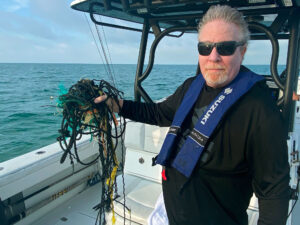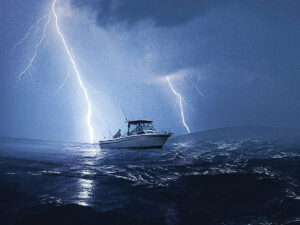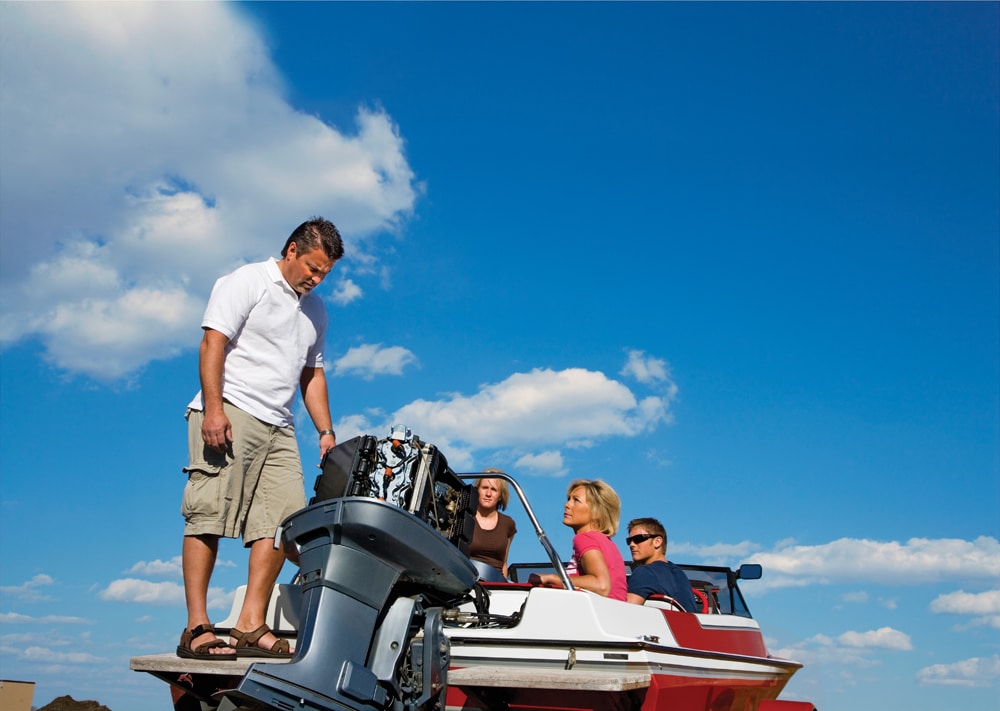
You’ve seen the bumper sticker: A bad day of boating is better than a good day at work. But would you really feel that way if you were adrift 10 miles from the ramp, with a boatload of tired, cranky passengers and an engine that won’t start? Or an outboard motor not running at full power? At that point, you need a plan.
Your first move might be to Google what causes a boat motor to lose power? If you’re lucky, you’ll find a list of reasons why your engine won’t start, and the solution to your problem will be one of the easy ones to fix. However, not every fix is easy and not every boater is handy, and your only option might be to ask for help — either from a professional towing company or a fellow boater.
If you are somewhat handy and comfortable troubleshooting engine problems, you’ve come to the right place. We surveyed a group of respected boat mechanics to come up with the 10 most common boat engine problems, and then compiled a consensus on what it would take to save the day — and how to prevent future outings from premature endings.
Check out these 10 simple solutions for the most common engine breakdowns.
- Running out of gas
- Boat engine is sputtering and losing power
- Engine won’t start or turn over
- Boat engine is overheating
- Boat motor stopped suddenly
- Vibration from the engine prop
- Engine won’t shift into gear
- Trim is stuck on the engine
- Lack of preventative maintenance
- Broken drive belt
Running Out of Gas
The number one reason why boaters get stuck out on the water is a lack of gas. And while we know you’re way too smart to run out of gas, you still might want to make sure your boat’s fuel gauge is accurate — or plan accordingly, if it’s not. In addition, knowing a bit about your boat’s fuel burn and operating range could save you from guessing, and then making that embarrassing call for help.
Solution: Fill up the tank before your outing and make sure you can trust your fuel gauge.
Prevention: Always abide by the “Rule of Thirds.” Plan to use one-third of your fuel supply to go out for the day; one third to get back; and have one-third in reserve in case bad weather, rough seas, fog or other unexpected circumstances keep you out longer than planned.
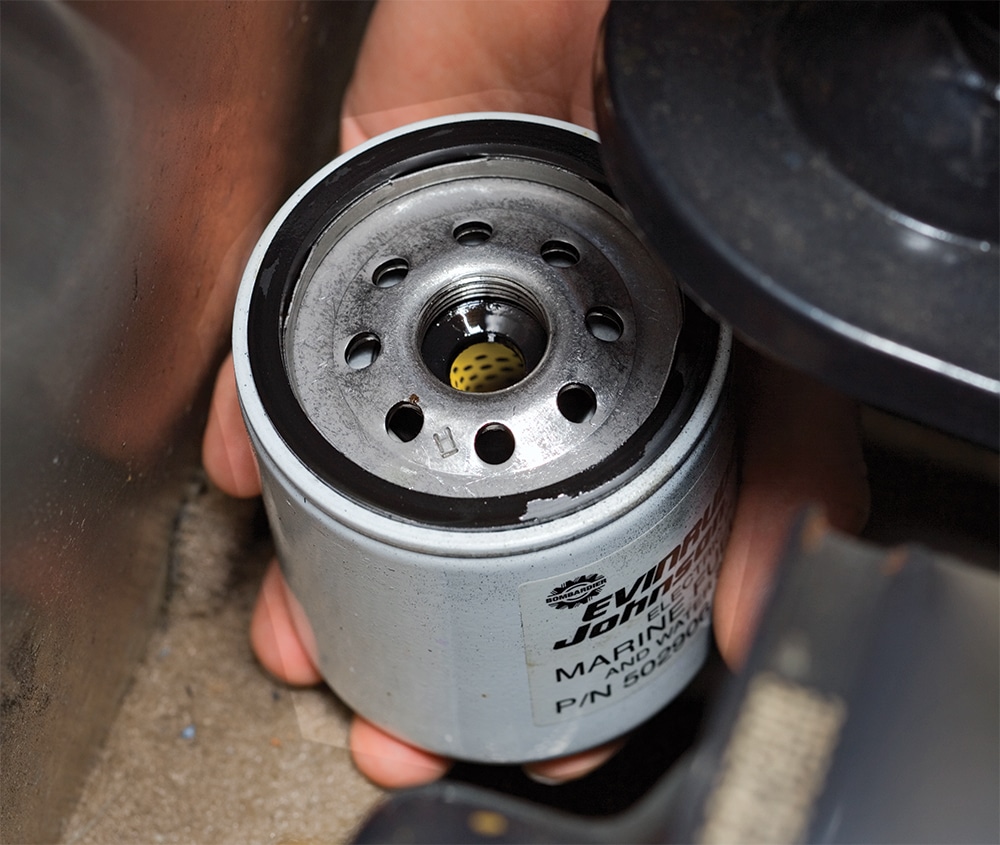
Boat Engine is Sputtering and Losing Power
Your boat feels like it’s running out of strength (and you’ve ruled out the No. 1 breakdown reason — running out of fuel). You most likely have a filter problem or fouled plugs. That could be why your boat motor is losing power.
Solution: Replace the in-line fuel filter. You did bring a spare, didn’t you? If not, you can at least remove and clear the filter element of any debris, and drain any accumulated water. Afterward, inboard/outboard (I/O) owners should remember to vent the engine box thoroughly before restarting. If you don’t, a clogged filter will seem like a minor issue.
Prevention: It’s possible to buy a bad load of fuel, but it’s more likely that the fuel went bad while in your boat. Leaving a tank near empty for long periods of time can cause condensation and water in the gas. For long-term storage, fill the tank, and for periods of more than three months, you might want to consider a fuel stabilizer. If so, make sure to run the boat long enough to get the treated gas into the engine as well.
Older tanks might have debris at the bottom, which can get stirred up as the fuel level drops. The best solution might be increased filtration. Consider adding a larger aftermarket fuel filter. And don’t forget the spare elements.
If it isn’t the gas, it might be the spark plugs. This is a more common problem on older outboards, but might be worth a quick check on any engine. Carry spares, along with the tools to change them.
Carry Onboard: Spare filter or filter element and a filter wrench.
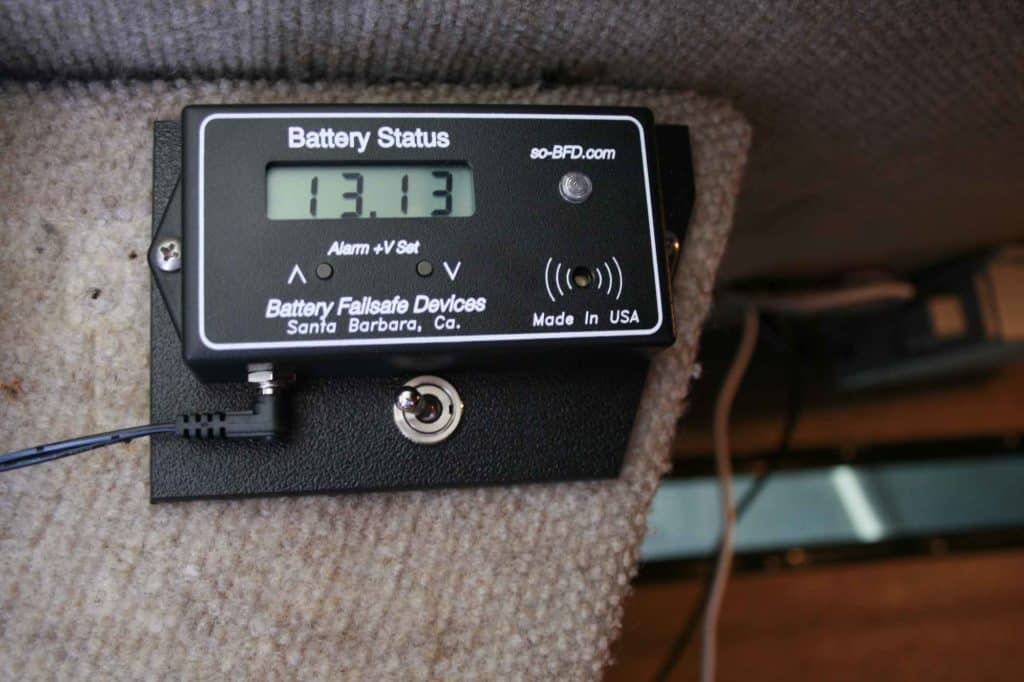
Engine Won’t Start
Anyone who has ever turned an ignition key knows the frustration of hearing nothing. Again, this is most likely an electrical issue — a low or dead battery, or a break somewhere in the ignition circuit.
Solution: Check the kill switch. Make sure the shifter is in neutral. Then pay special attention to the starter switch itself. Sometimes, a dash-mounted ignition switch will simply become loose in its fitting, allowing the entire switch mechanism to turn with the key. Fixing this can be as simple as getting behind the dash and tightening up a retaining nut or mounting screws. If the starter groans but won’t engage, it could be a low battery, but it also might be a loose or poor connection.
Prevention: We’ll say it again — inspect, clean and, if necessary, replace your wiring periodically. If your crew habitually drains the battery by cranking the tunes while at anchor, consider installing a secondary battery bank or one of those metering devices that monitors supply and saves enough reserve to ensure a restart.
Carry Onboard: Screwdrivers with insulated handles; wrench set or crescent wrench; Allen wrenches. A battery charger is also good to have on hand.
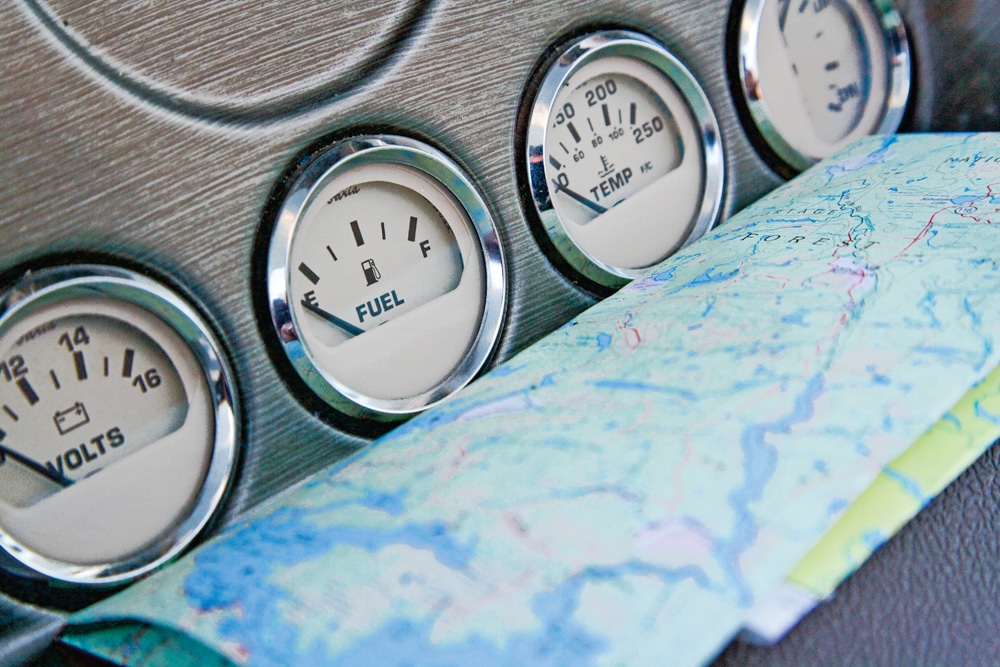
Boat Engine Is Overheating
The needle on the temperature gauge is rising. This almost always means you have a lack of water flow in the cooling loop. Outboards, most small inboards and I/Os don’t have radiators like your car, and instead use the water they are floating on to cool the engine. If that water stops flowing, the engine heats up and can ultimately fail.
Solution: Trace the source. In a vast majority of cases, the problem is an obstruction in the raw water intake – like weeds, mud or a plastic bag. Locate the intake and clean it out. A loose hose clamp or a split or burst hose can also slow water flow, and it can spray damaging moisture around the engine.
Prevention: Regularly service and replace the impeller. Also look at the condition of its housing. Scarring or pitting of the metal housing can cause even a good impeller to lose pumping power.
Make sure you or your mechanic checks for corrosion or blockage in the exhaust system. Every so often, have the exhaust risers and associated components opened up for inspection. Engines with closed-loop cooling systems (essentially a radiator cooled by raw water) have additional issues such as internal clogging of the heat exchanger. Beyond ensuring that the coolant reservoir is full, periodic maintenance is the key.
Carry Onboard: Soft wire or rod to snake intake clogs.
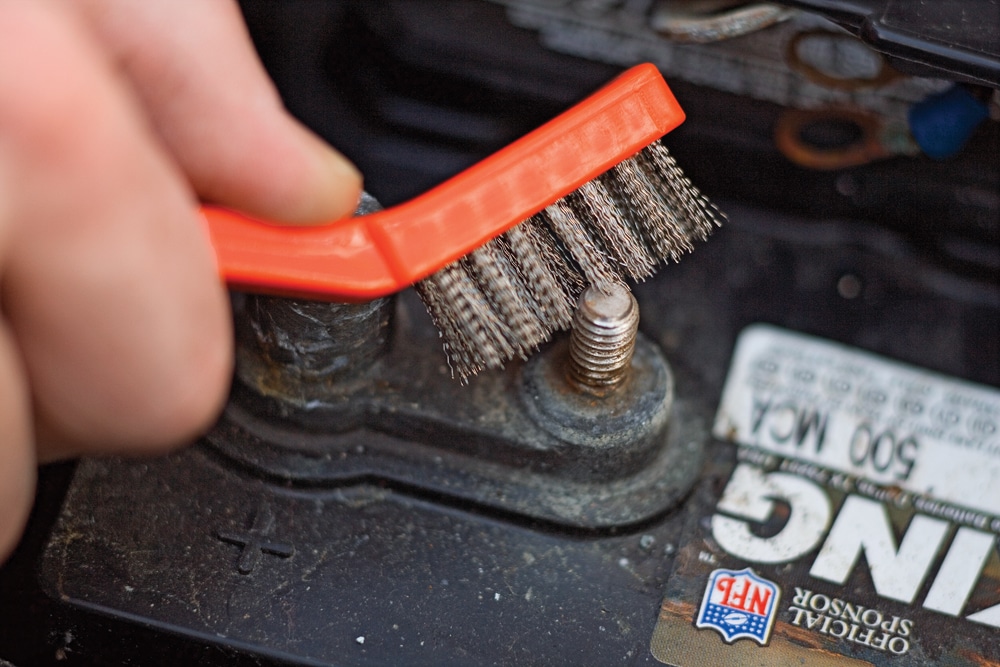
Boat Motor Stopped Suddenly
If you’re lucky, someone simply bumped the kill switch. Or you could be out of fuel. If neither of these checks out, this usually represents some type of electrical failure. It could be a blown fuse or tripped breaker, a loose connection or corrosion.
Solution: Start with the simple scenarios. On any boat equipped with a kill-switch and lanyard, make sure the lanyard key hasn’t come loose. Sometimes, it might seem to be engaged, but has actually slipped just enough to activate the switch.
Ignition switches can also fail or suffer loose connections, and though this will mostly likely show up at start-up, it’s worth fiddling with the switch a bit (and checking its attendant breaker or fuse) before moving on to the engine side of things.
Back at the business end, where the big wires live, corrosion is your most likely source of problems. Even boaters who contentiously maintain the battery terminals might forget that there’s another end to those wires, and they also require the occasional cleaning.
If it turns out to be something more complex — such as an ignition chip on an EFI engine — you might have to pull out the cell phone or put out a call on channel 16.
Prevention: Learn the various components of the ignition system, and periodically inspect, clean and coat each exposed connection with an anti-corrosion product.
Carry Onboard: Wire brush to clean terminals and Corrosion X spray.
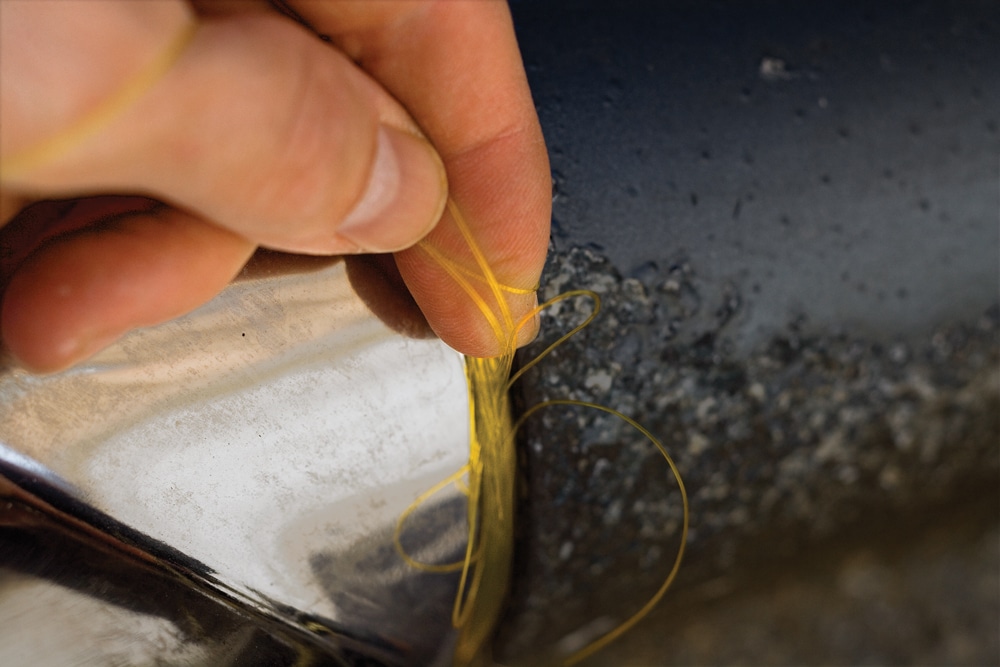
Vibration from the Engine Prop
The faster you try to go, the worse the vibration is. You might also notice the engine racing, while the boat loses speed.
Solution: Something’s likely gone wrong with the prop. A nick or gouged blade can create imbalance and vibration; a towrope or fishing line can snarl the shaft; a direct hit on an object could remove or misshape enough metal to make the prop ineffective.
Sometimes a seemingly good prop might have enough unseen distortion or damage to cause cavitation and vibration. Short of changing to a spare prop — which isn’t always possible or advisable when on the water — your best option is to slow down and concentrate on getting to shore.
If line — especially monofilament — has worked its way into the prop hub, you might have to trim up the motor until you can remove the prop and clean it out. Most outboards and I/Os can stand a bit of mono, but if there’s enough to cause a noticeable decrease in performance, you shouldn’t ignore the problem, as it could lead to permanent damage.
With outboards, the rubber bushing inside the hub can begin to slip and fail, causing a loss of power. Again, you might need to idle home.
Prevention: Consider carrying a spare prop, along with the necessary tools to make the swap. Practice changing props so there are no surprises, if you have to do it away from home.
Carry Onboard: Gloves to protect hand from prop blades and a brand-specific prop wrench.
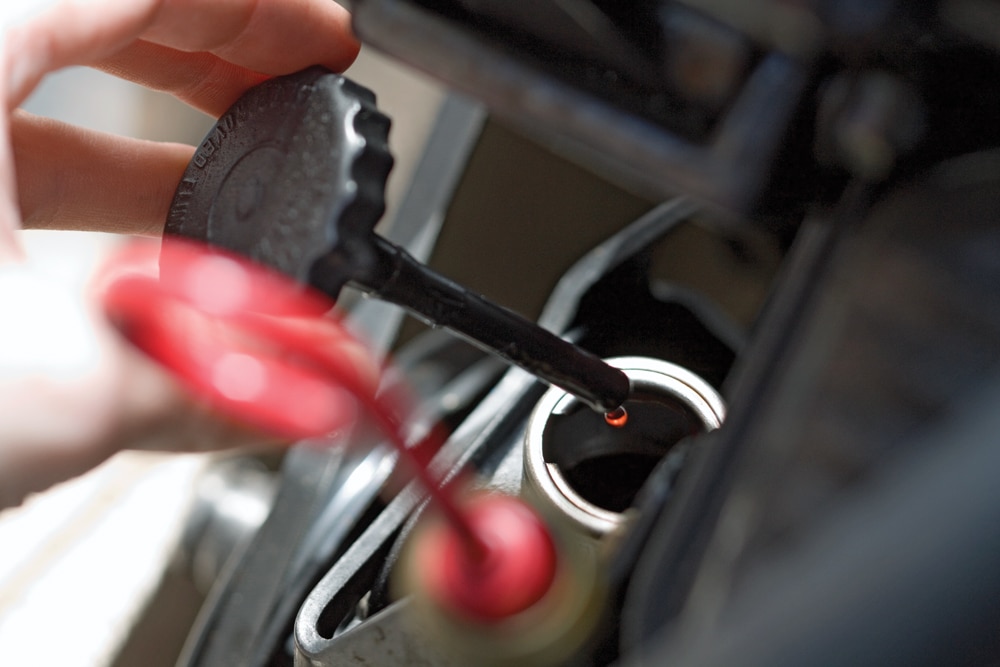
Engine Won’t Shift into Gear
You pull away from the dock and push the shifter. The boat never leaves idle speed. The shifter is not engaging the transmission.
Solution: If you have e-link electronic controls, it might be a fuse. But, since 90 percent of small boats still use mechanical cable shifts, it’s probably a stuck or broken linkage. Start at the gear box to make sure the cable hasn’t become detached from the shift lever on the transmission housing. If internal corrosion has caused the cable to stick, try wiggling it free — or if need be, shift manually at the engine/transmission — just don’t try any fancy docking maneuvers. If the problem seems to be on the transmission side of the linkage rather than the cable side, it might be an actual transmission failure — there’s probably nothing you can do out on the water. Major boat transmission problems require work at an engine mechanic.
Prevention: The leading cause of transmission failure is lack of fluid or gear oil, so keep those levels topped off and changed as prescribed. Regularly maintain the end fittings and hardware, and periodically service the cable.
Carry Onboard: Extra transmission fluid and wire, tie wraps and J-B Weld for quick linkage repair.
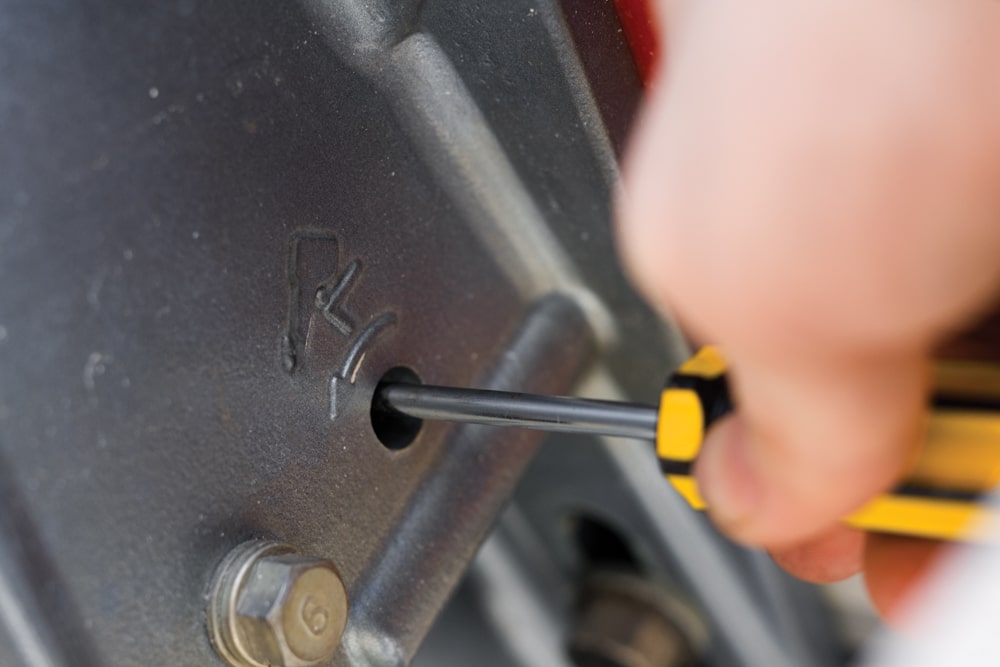
The Trim Is Stuck on Your Engine
You’re back at the ramp and the outdrive/outboard won’t raise so you can get the boat on its trailer and ready for the highway.
Solution: Assuming it’s not a bad fuse, it’s some sort of mechanical/hydraulic problem. The simple solution is to wade out back and raise it by hand. To do this, you’ll need to know the location of the trim release valve, which is usually a small screw near the base of the outdrive/outboard. Opening this valve will release pressure from the hydraulic loop, allowing the drive to tilt.
Prevention: Maintain adequate fluid levels and inspect periodically to ensure there are no leaks or water intrusion into the fluid reservoir.
Carry Onboard: Large slotted and Philips head screwdrivers to open the release valve.
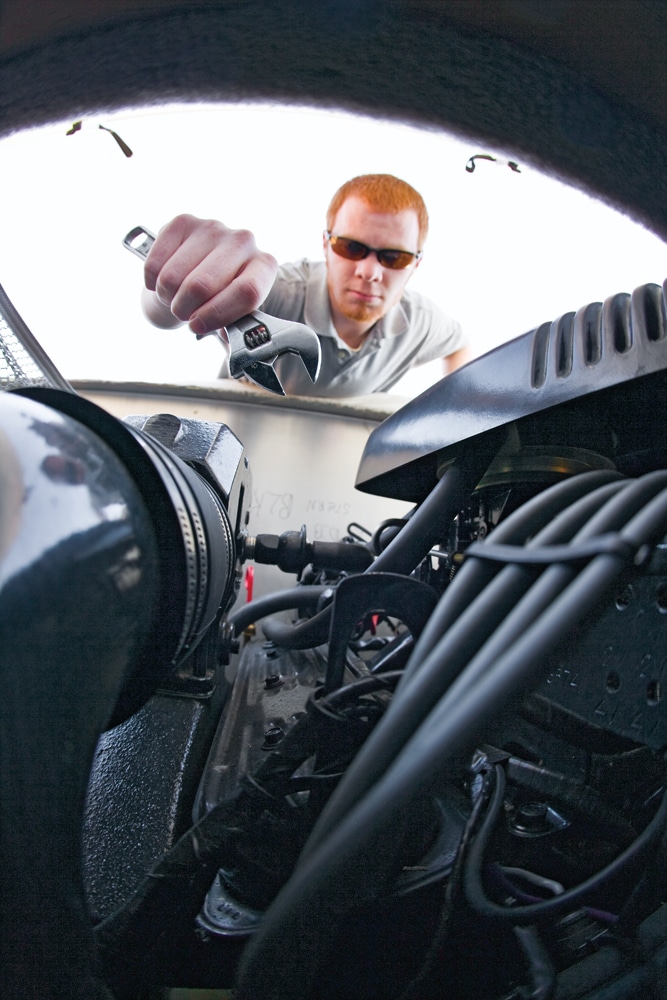
Lack of Engine Maintenance
Just because a boat looks clean, doesn’t mean it’s well-maintained. Time and again, we hear dealers tell of owners who were meticulous about washing and polishing their boats, but paid far less attention to the internal workings. Maintenance is not a task most of us enjoy, but a little bit of prevention goes a long way.
Solution: To keep track of what needs doing and when, we suggest that you get with your local NMMA-certified dealer to create a checklist. Follow that list, and you’ll greatly reduce the chances of ever being stranded on the water.
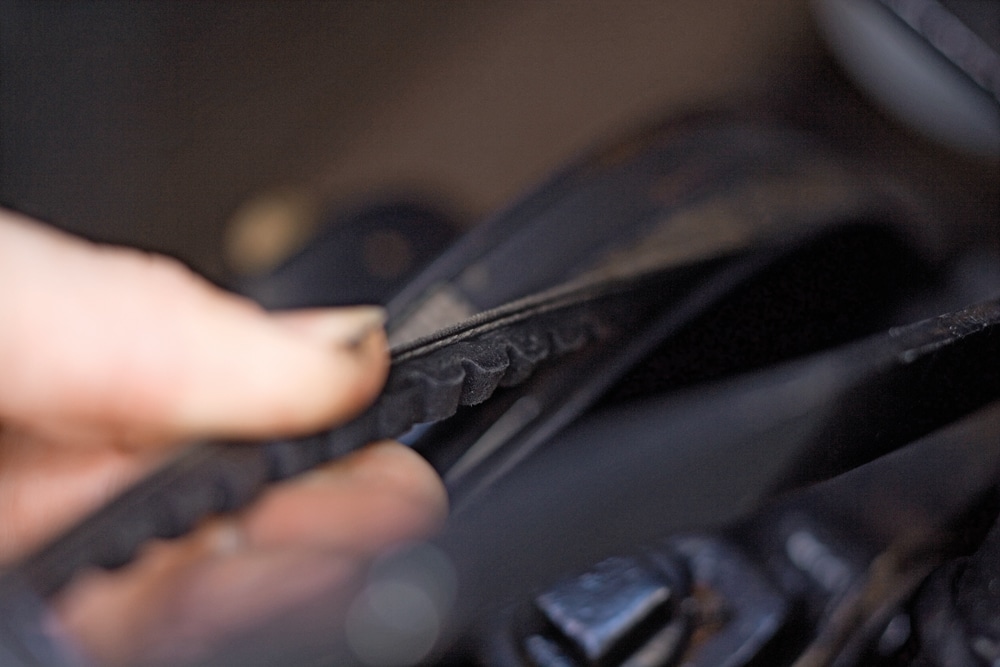
Broken Drive Belt
You probably won’t hear the sound of a drive belt breaking over the general engine noise, but you will know something’s wrong when the overheat warning light comes on, or your voltage meter shows that the alternator isn’t charging. Having a broken belt is a scenario unique to inboards and I/Os, and one that can shut you down in hurry. Without a belt intact, you’ll have no alternator or water pump.
Solution: There’s a lot of info out there on jury-rigging a temporary belt by using fishing line or pantyhose or some such. This might work, but wouldn’t it be easier to just carry a spare, along with the wrenches needed to change it?
Prevention: Inspect, tighten and dress the belt. You also might want to check the condition of the pulleys’ contact surfaces. Sometimes, corrosion can cause rough spots on the pulleys that will eat a brand-new belt in short order.
Carry Onboard: Marine tool kit, which includes everything needed for this and other basic repairs.

